Osteoarthritis & Natural Ways to Treat it
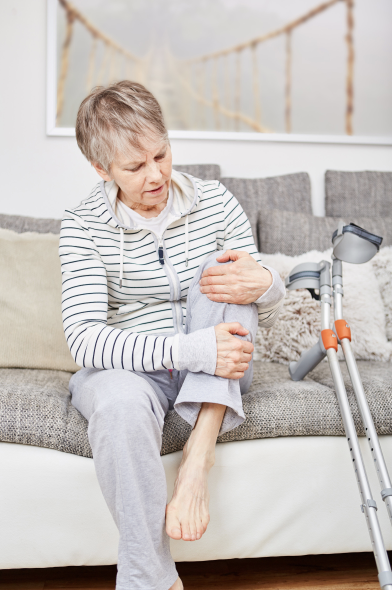
what is Osteoarthritis?
Osteoarthritis (OA) is a form of arthritis and is characterized by chronic degeneration of the cartilage of the joints. Cartilage is tissue that covers and cushions the ends of the bones in a joint and as we get older, as we have more wear and tear on them, the tissues break down.
The term arthritis refers to any painful inflammation and stiffness of the joints. The painful inflammation results from the breakdown of cartilage between joints and commonly affects knees, shoulders, and hip joints. Injuring a joint can accelerate the progression of OA, but even everyday activities can contribute to OA later in life.
Typical OA symptoms:
- Pain
- Stiffness
- Swelling
- Loss of flexibility
- Tenderness in the joints
- Grating or cracking sensation
Luckily, you have many treatment options to help manage your symptoms. Managing your diet and lifestyle is a major factor in reducing arthritis symptoms like inflammation and joint pain.
While your doctor may begin OA treatment ranging from surgery (invasive treatment) to more non-invasive options, check to see if any of these natural options will work into your treatment plan.
Natural Treatments for Arthritis Symptoms
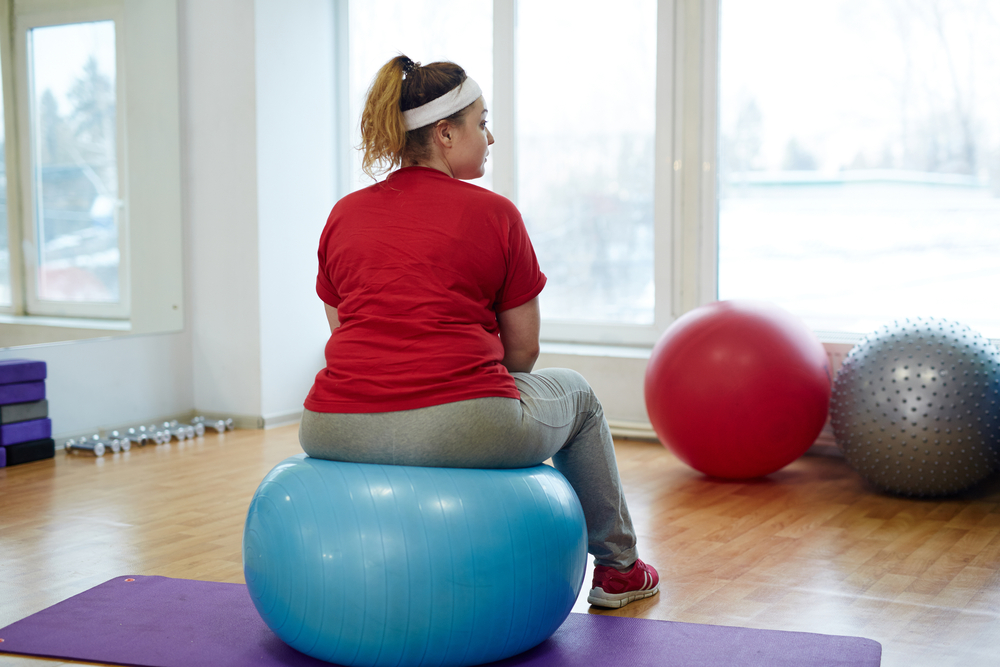
Reach & Maintain a Healthy Weight
Carrying extra body weight contributes to osteoarthritis and has been found that the more you weigh, the greater your risk is for osteoarthritis. Increased weight adds stress to weight-bearing joints, such as your hips and knees. Also, fat tissue produces proteins that can drive up your inflammation in and around your joints.
If you are overweight, consider changing your diet in order to help lose weight. Being a healthy weight will help your pain levels, especially in the knees.
Movement Treatment Plan
Living with OA can be a challenge. You don't want to exercise because of the pain, but regular exercise can help reduce the burden on your joints and lessen your pain.
Having an active lifestyle can help you relieve stiffness, reduce pain, and increase muscle and bone strength. In fact, experts consider movement an essential part of any arthritis treatment plan, some say it's the most effective non-drug treatment for reducing pain and improving movement in patients with osteoarthritis.

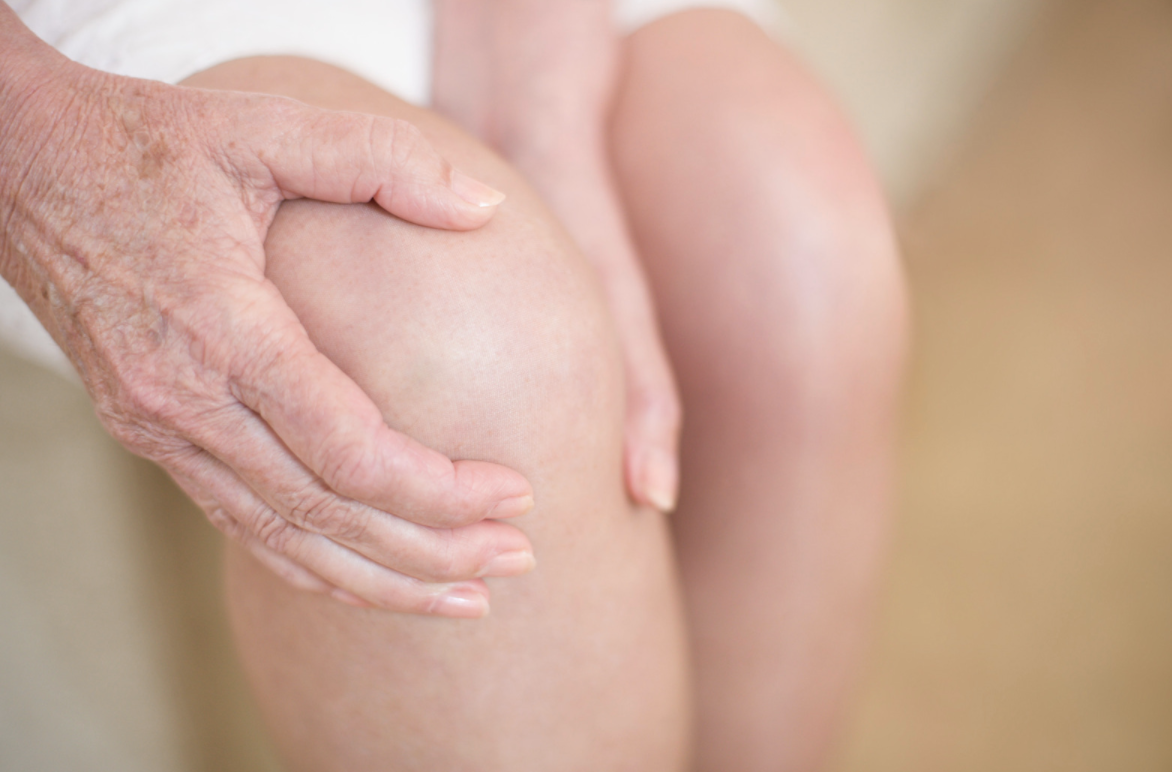
Osteoarthritis and Inflammation
Even though OA is considered a noninflammatory arthritis, you can still have inflammation of the joints which brings along swelling and pain.
Noninflammatory arthritis is most commonly found in the knees, hips, spine, and hands.
There are many ways that can ease inflammation and may help relieve some of the joint pain associated with arthritis. Eating and anti-inflammatory diet will also help you lose and maintain a healthy weight.
your daily Diet plays a key role

Nutrients play a crucial role in maintaining strong bones and muscles, and in preventing further damage to joints from osteoarthritis.
A healthy diet can also help you get the essential nutrients needed to repair damaged tissues. You will also find that your food choices will decrease inflammation and may even slow the progression of arthritis.
The Anti-Inflammatory Diet
Decrease your pain levels by changing your food choices to include anti-inflammatory foods, beverages, spices and supplements.
The Bone-Building Diet
If you have bone loss, you have an increased risk of developing fragile bones that break easily. Here are natural ways to build healthy bones.
The Keto (Low-Carb) Diet
The low carb, no sugar, quality protein, healthy fat, and anti-inflammatory vegetables have many positive effects on osteoarthritis symptoms.

Essential Oils
Essential oils can have many different benefits, such as strengthening the immune system and soothing feelings of anxiety. Certain oils can also be a powerful way to help heal broken bones.
Cypress—improves circulation in the area, speeding the healing process.
Fir Needle—helping repair the bone.
Helichrysum—helps in repairing damaged nerve tissue due to its anti-inflammatory and antioxidant properties.
Make a blend and apply it directly to the broken bone area five to six times daily.
It has been found estrogen may play a role in the development of OA which is why it is often found in menopausal women.
Get Plenty of Rest
Sleep issues and arthritis pain seem to feed off one another. While arthritic pain can make it hard to get a good night's sleep, lack of quality sleep creates more pain. In other words, pain is keeping you up and low quality sleep is leaving you more vulnerable to increased pain.
It has been found that lack of sleep also affects the way the brain handles pain, which means fatigue can change how you perceive your pain.
If you can improve your sleep quality, you may be able to reduce your day-to-day pain as well.

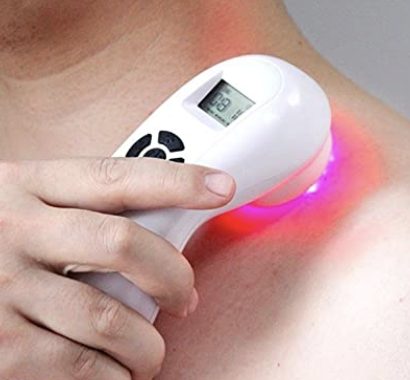
Cold Laser Light Therapy
As you already know, chronic joint or muscular pain can be a challenge to live with. If you’ve already tried a number of ways to manage your pain, it might be worth considering Cold Laster Light Therapy. This type of therapy has been clinically proven in reducing joint pain and alleviating arthritis.
Cold Laser Light Therapy is low-intensity laser therapy that stimulates healing while using low levels of energy or photons. Photons penetrate deep into a painful joint, relieving swelling, stiffness, and pain.
apply cold and heat
Many arthritis doctors recommend both heat and cold treatments to help reduce inflammation and ease the pain and stiffness that comes with osteoarthritis. Applying heat or cold to a painful area is a simple, inexpensive method for relieving pain.
Heat or cold therapy works by stimulating your body's own healing force. Cold reduces swelling and numbs the area where applying heat will loosen up muscles, increases flexibility, and increases circulation.
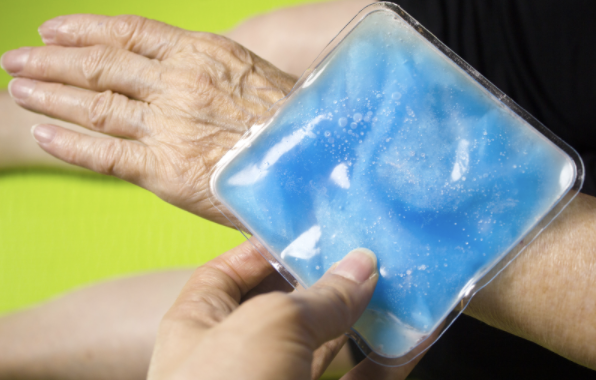
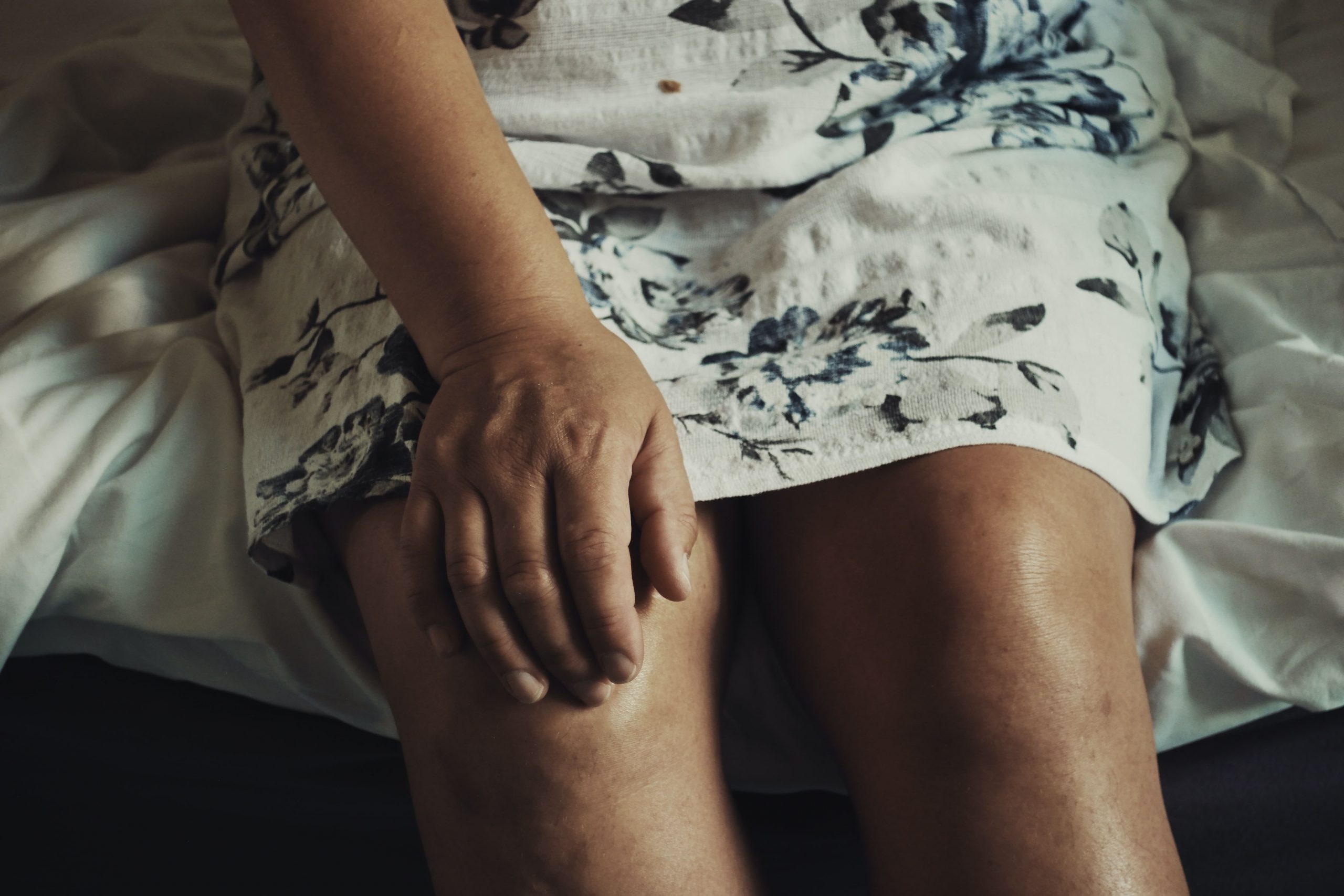
Myofascial Release Therapy for Osteoporosis
Fascia is a sheet of connective tissue that separates or binds together the body's muscles, organs, and tissues. Myofascial Release (MFR) therapy focuses on releasing muscular shortness and tightness. There are a number of conditions and symptoms that myofascial release therapy addresses including Osteoporosis.
Many patients seek MFR therapy after losing flexibility or function following an injury or if experiencing ongoing back, shoulder, hip, or virtually pain in any area containing soft tissues. MFR therapy will help to strengthen the facia which helps your body to be able to strengthen the rest of it.
